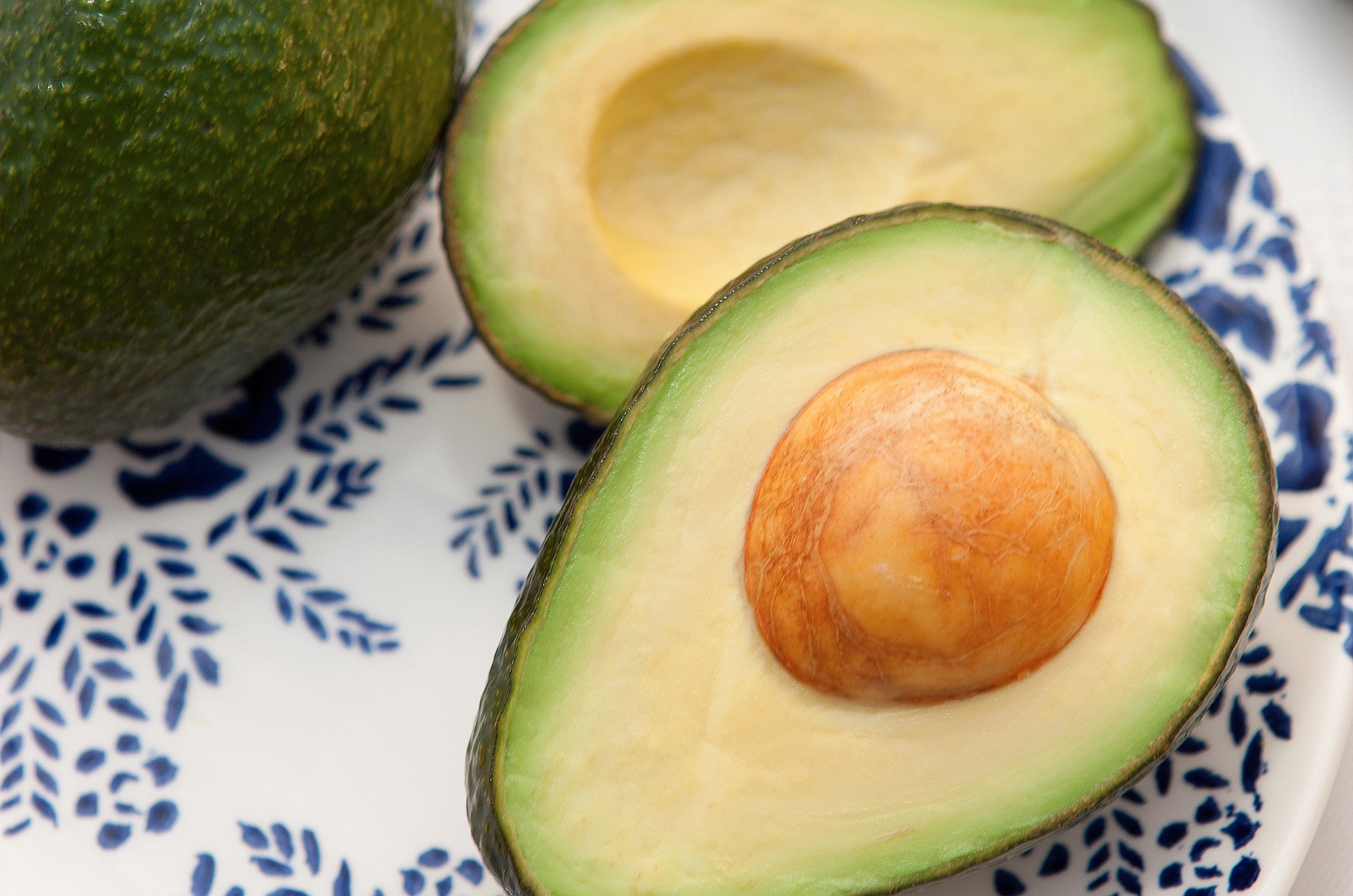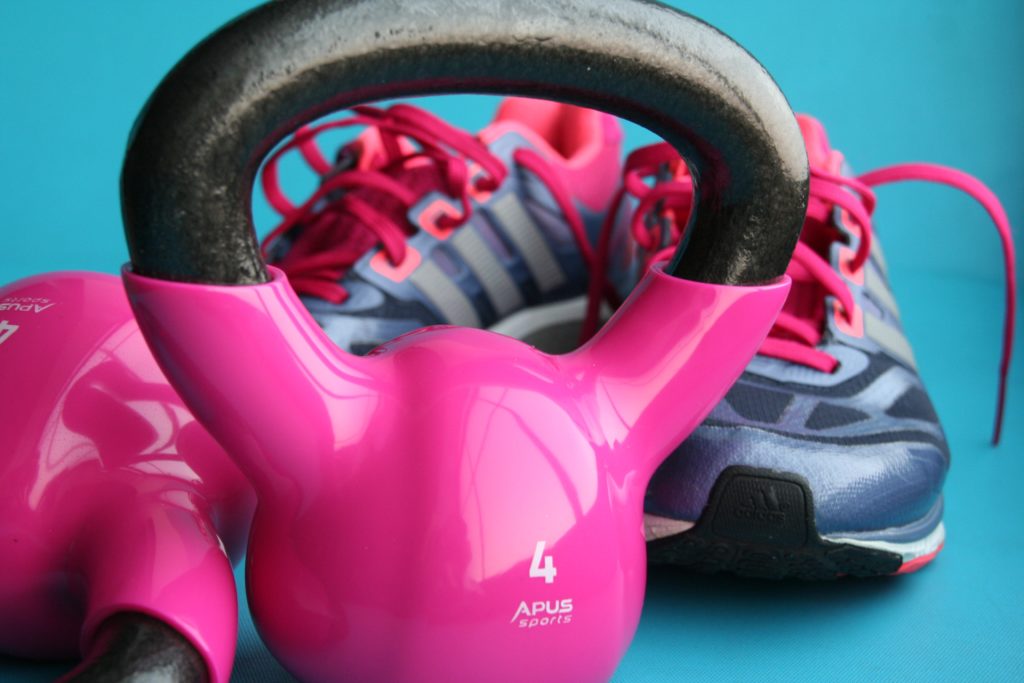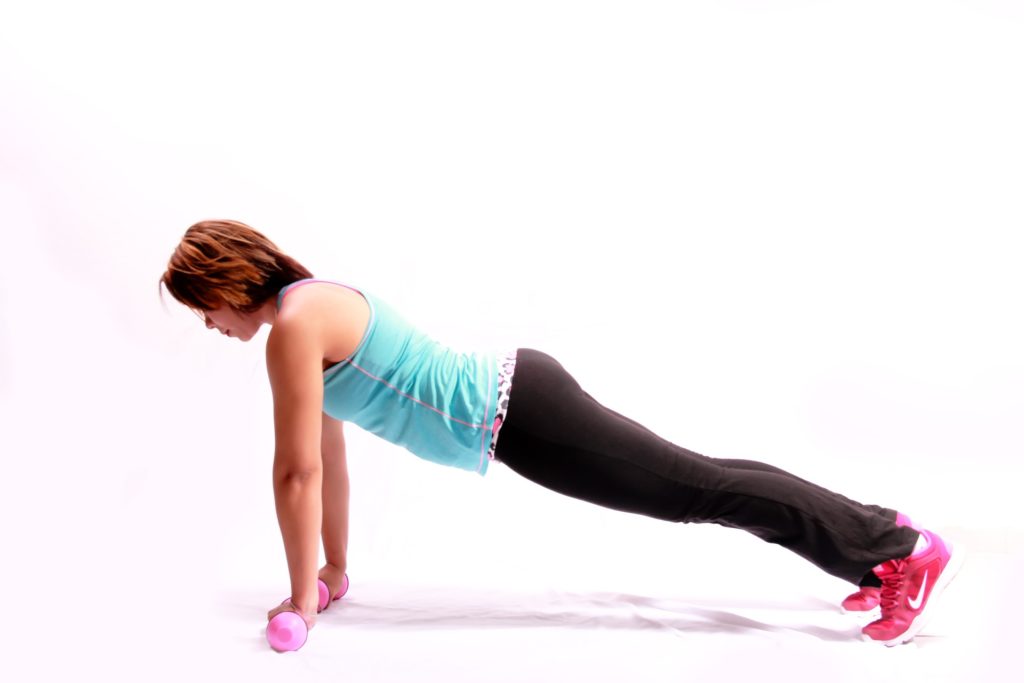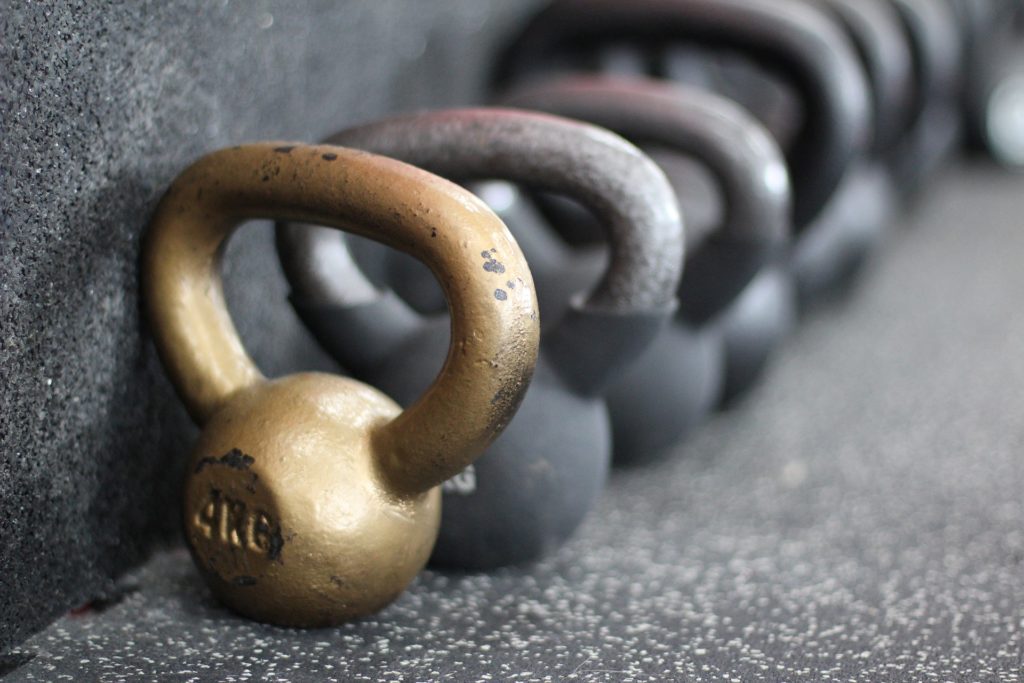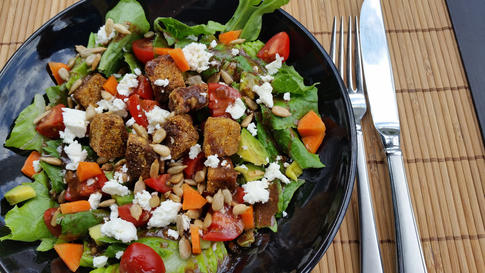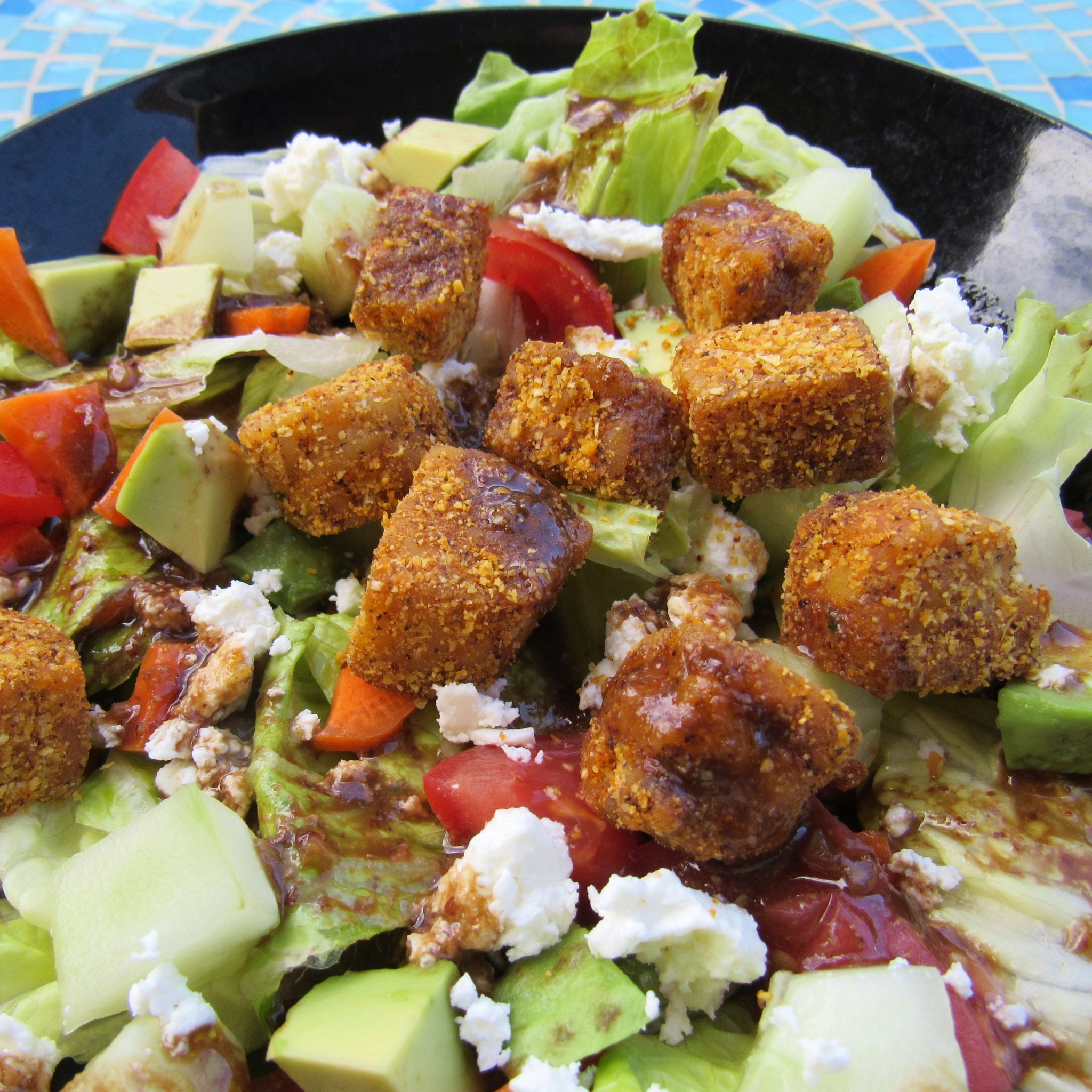We all know that investing in our health now can save HUGE on healthcare costs in the future. But the fact remains that eating a healthy diet can drive up our food bill each month. In fact, a research review showed that consumers pay $1.50 more per day (per person) to eat a healthy diet! Wow!! Essentially, a diet rich in fruits, vegetables, fish, and nuts costs a lot more than refined grains, and processed meats/foods. For many, the added cost of healthy foods only causes more stress, making it difficult to stick to a healthy meal plan long term.
I used to be an expert at spending a fortune at the grocery store! I racked up some of my highest grocery bills when I was a newlywed and in college (ie. no money!). An excited nutrition student overflowing with recipe ideas to make my sweet husband and intrigued by ingredients and products unfamiliar to me, I tossed anything and everything into my shopping cart. Those first few months, my husband and I learned some hard lessons on budgeting and since then I have refined my methods.

As a dietitian and mom, food quality and healthy meals for my family are a very high priority. I also love to have the freedom to be creative in the kitchen when I feel inspired. But without a set budget each month, our grocery bills would be through the roof and we wouldn’t be able to accomplish some of our other financial goals.
Through my own personal experiences, working with clients, leading grocery store tours and cooking classes, and dedicating some time to research this area, I have fine-tuned my approach to saving on the grocery aisles… and it doesn’t include clipping any coupons in your Sunday paper! Leave your scissors in the drawer- this is not Extreme Couponing, just dollars and sense.
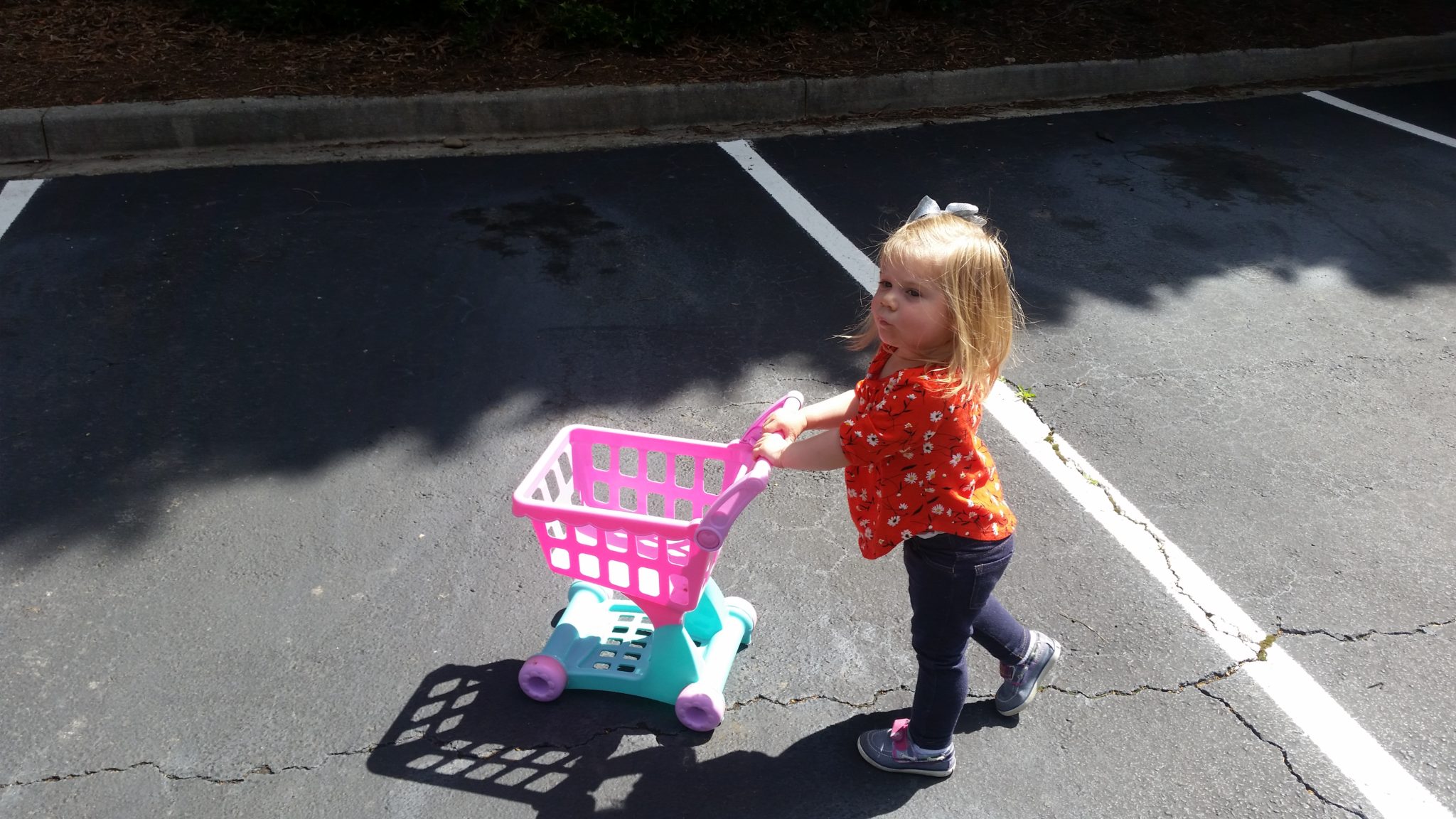
These are my top 5 favorite tips for saving money on groceries:
01. Meal plan
“American families throw out approximately 25 percent of the food and beverages they buy. The cost estimate for the average family of four is $1,365 to $2,275 annually (NRDC).” Imagine this- You go to the grocery store and purchase food for your family for the upcoming week. Upon arrival home, you unload it all from your car and then toss ¼ of it into the trash. Gone! Of course, no one in their right mind would do this. But this is essentially what American families are doing every single week. Think of the money lost.
While many healthy food items do cost more than the processed foods, having a plan for what you will purchase and prepare ensures your bodies are absorbing those nutrients, not the trash.
Most individuals prefer to meal plan 1 time per week, before going to the grocery store, but it is imperative that you find a system that works for you and your schedule. When you do sit down to meal plan, make sure to grab your calendar and view your upcoming schedule.
Consider all 7 nights of the week and when you will and will not eat at home. Do you want leftovers for lunches? Plan for that. How many breakfast options do you want available? I cannot overemphasize how much money our family saves by simply having a plan and eating the food that is in our refrigerator.
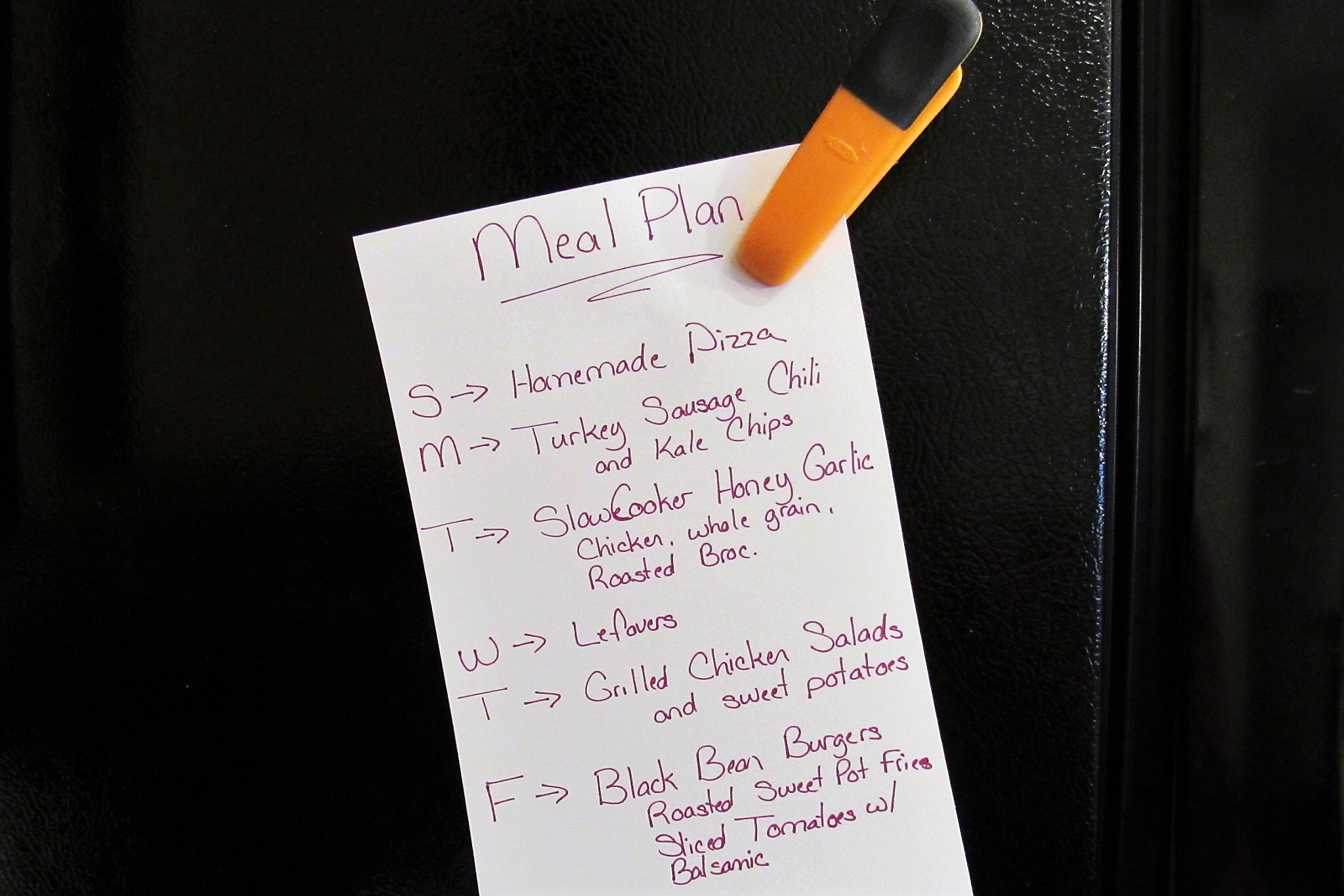
02. Buy in Season
Farm to Table is not only trendy, it can save you lots of cash! If the produce is in-season, it is almost always less expensive. Farmer’s Markets are the best places to identify what is and what is not in season. It is either there or not. Most grocery stores will have better prices or sale prices on in-season produce because there is greater supply and it often has traveled fewer miles from grower to store.
Many grocery stores also bring in local produce from nearby family farms and these items can be an even better deal.
Part of the price you pay for produce at the store is for shipping, fuel, and storage. The fewer miles, the lower the cost.
Meal planning allows you to focus on including the local and seasonal produce into your meals. As much as you might like avocados, tomatoes, and blueberries, they will cost you double in December. This doesn’t mean you can’t include these healthy foods in your diet year round, but if you are looking to save some change each week, choose mostly seasonal ingredients to build your meals around.
For more information on seasonal produce in your region, check out Sustainable Table.

03. Use Cash
There are few things that have the power to stop me in my tracks from impulse buys like using cash for purchases. I will do anything to avoid embarrassing myself to ask a cashier to remove an item (or several!) off my receipt because I cannot afford it that week. Using cash has really trained me how to stick to my grocery list and avoid buying products on a whim. Believe me, if you have put back an item just one time, you won’t want to do it again. Leave the cards home and take cash- I promise, you will stick to your budget.

04. Go Meatless 1-2 Nights Per Week
A pound of meat costs on average of $5 and extra lean meat can cost $6-7 per pound. By simply swapping the meat with a vegetarian protein like beans, you can save about 80%!
Here are a few ideas for Meatless Meals:
Black bean tacos/taco salads
Garden salad with boiled egg and cheese and a small baked potato on the side
Stir fry with edamame and served with brown rice or quinoa
Grilled teriyaki tofu and vegetable kabobs
Quinoa & Edamame Salad with Citrus Vinaigrette
**For more ideas on meatless meals, visit MeatlessMonday
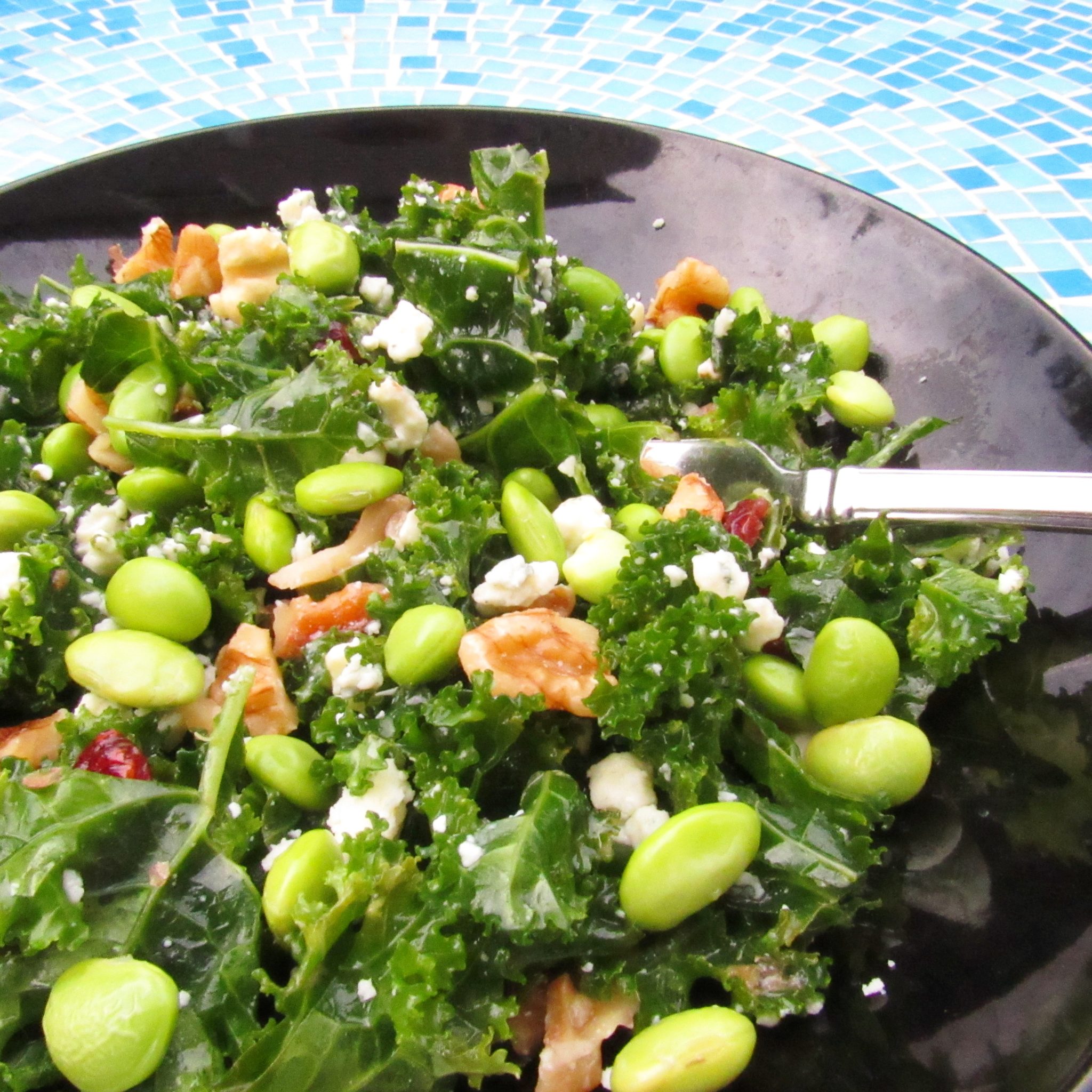
05. Notice Sale Frequency
Many ingredients and products go on sale following a predictable schedule. For example, chicken breasts go on sale at a specific store I frequent every other week. Therefore, I buy enough to last me 2 weeks and freeze extra poultry for the following week. You may notice the store brand frozen veggies go on sale every 3 weeks or certain dairy foods go on sale every 4 weeks. Begin to take note. You may simply pick up on these trends if they are often enough but you can also use a notebook (or smart phone) to jot down the date and the sale price and then notice when they go on sale again. There’s no need to use this method for all products but for the ones you buy consistently, this is a great strategy. Everyone wants to get the best price, if possible.
You may simply pick up on these trends if they are often enough but you can also use a notebook (or smart phone) to jot down the date and the sale price and then notice when they go on sale again. You don’t need to use this method for all products but for the ones you buy consistently, this is a great strategy. Everyone wants to get the best price, if possible.
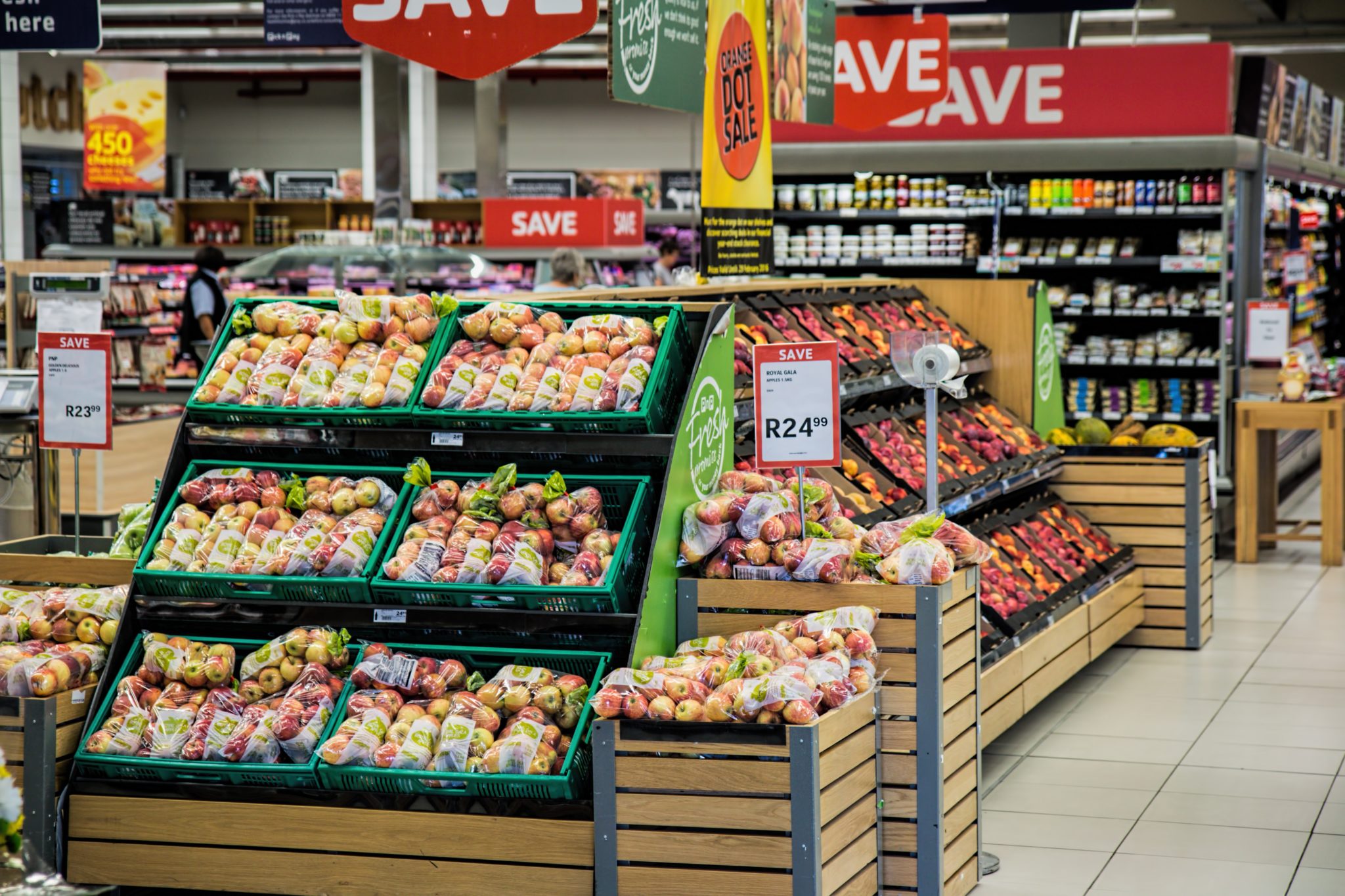
Consider this: If you saved $10 on your groceries every week by using 2-3 of these tips, you would have $520 extra cash at the end of 1 year!! What would you do with that money? Go on a weekend getaway with your spouse? Put the money into your child’s education savings account? Use it for Christmas? Invest it in your retirement fund?
Healthy eating can cost more, but I guarantee that with some planning and intentional spending, you can buy the food you want without digging further into your pockets. And just maybe, you will even pay yourself in savings from your hard work each week!

TRUTH: The soul of a lazy man desires and has nothing, but the soul of the diligent shall be made rich. Proverbs 13:4
REFERENCES
Harvard School of Public Health, https://www.hsph.harvard.edu/news/press-releases/healthy-vs-unhealthy-diet-costs-1-50-more/
National Resources Defense Council, https://www.nrdc.org/sites/default/files/wasted-food-IP.pdf
0 Likes304 Views











